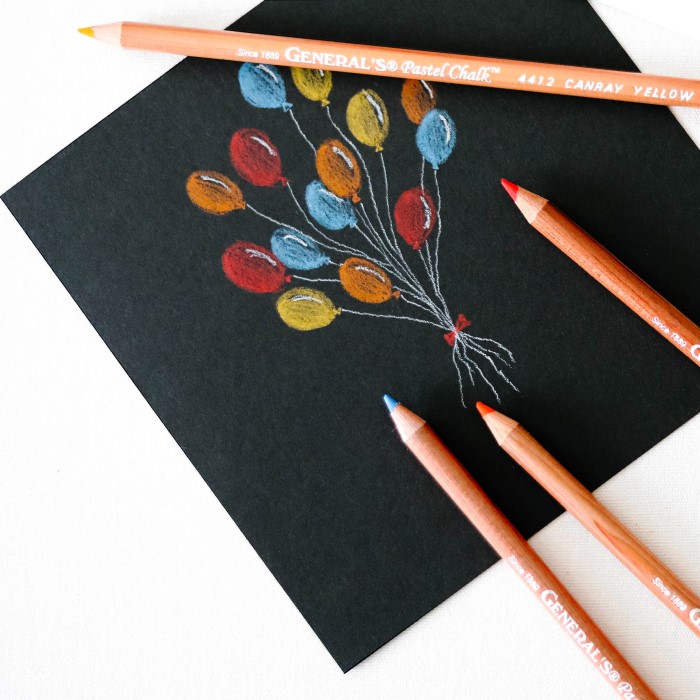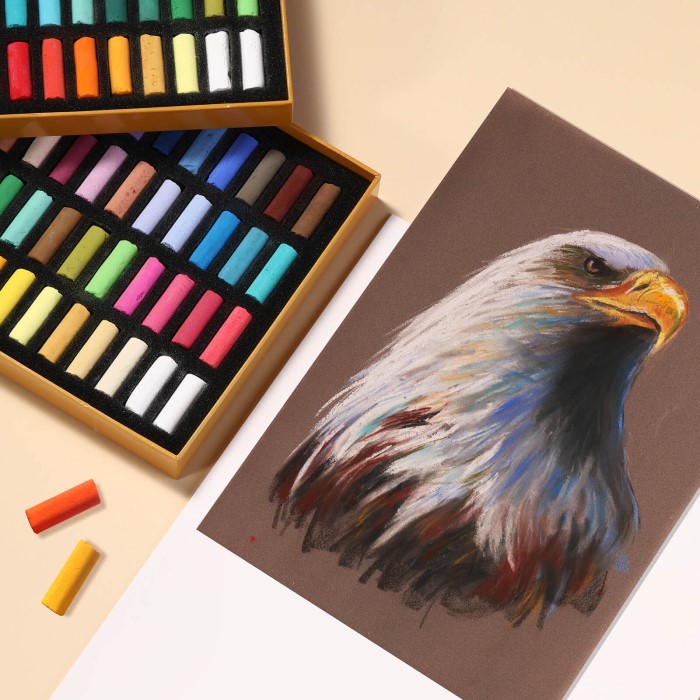Introduction
Chalk pastels are one of the most versatile and accessible mediums for artists of all skill levels. They are perfect for creating vibrant artwork that captures attention and expresses emotion. In this article, we will delve into the best techniques for using chalk pastels and offer a step-by-step guide to creating art with chalk pastels. Whether you are seeking chalk pastels art ideas for beginners or looking to refine your skills, this guide will equip you with the knowledge necessary to create stunning pieces.
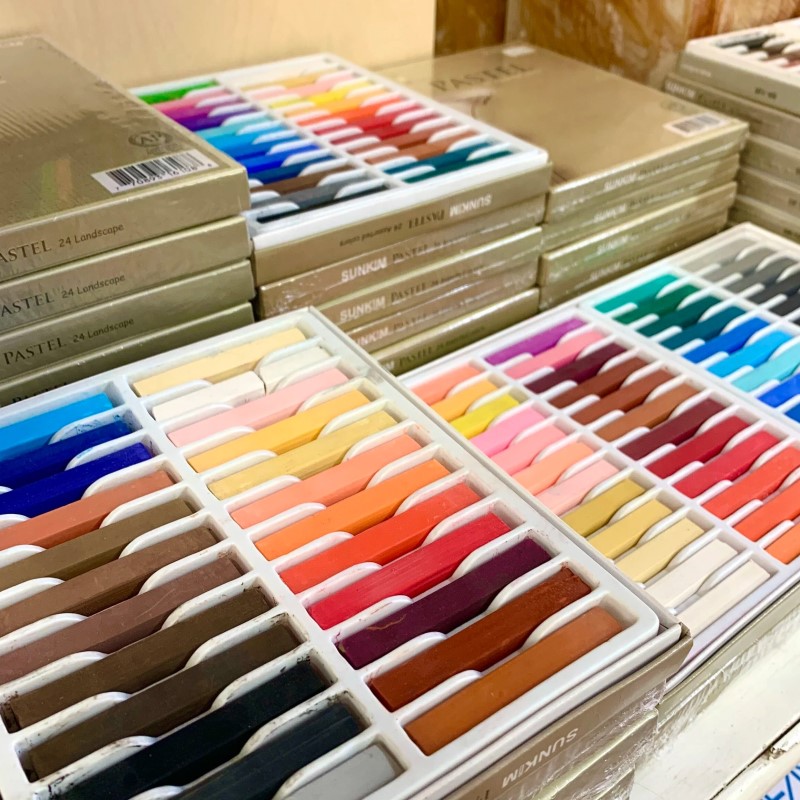
What Are Chalk Pastels?
Chalk pastels are a type of artistic medium composed of powdered pigments combined with a binder, resulting in chalky, colorful sticks that can be easily applied to various surfaces. Their texture makes them ideal for blending and layering, which contributes to their popularity among artists.
- Unique Characteristics: Chalk pastels are known for their vibrant colors and soft, powdery consistency. Unlike other mediums, such as graphite or ink, they offer a range of creative possibilities due to their ability to create both bold and delicate marks.
- Usage: Artists can use chalk pastels on a variety of surfaces, including paper, cardboard, and even canvas. The choice of surface can affect the final appearance of the artwork, influencing how colors blend and adhere.
Understanding what chalk pastels are sets the foundation for exploring the techniques and applications that can elevate your art.
Choosing the Right Surface
The surface you choose for your chalk pastels can greatly affect the outcome of your artwork. Different surfaces offer unique textures and absorption properties.
- Paper Options: Look for paper specifically designed for pastels, which often has a textured surface that holds the pigment well. Papers like pastel paper, drawing paper, and sanded paper can enhance the vibrancy of your colors.
- Canvas and Board: Using canvas can create a unique look for your artwork. Primed canvas allows for layering and blending while providing a more durable end product.
- Experimental Surfaces: Don’t be afraid to experiment with unconventional surfaces like wood or fabric. Each surface offers a different texture and response, allowing for creative exploration.
Choosing the right surface is crucial for achieving the desired effect with your chalk pastels.
The Best Techniques for Using
1. Blending Techniques
Blending is one of the defining characteristics of working with chalk pastels. Mastering this technique can lead to stunning effects.
- Using Fingers: Simply using your fingers allows for controlled blending, letting you create soft transitions between colors. However, be mindful of getting too much oil from your skin on the pastels.
- Blending Tools: Tools like blending stumps, cotton swabs, or soft cloths can help achieve different levels of smoothness. Each tool creates a unique effect, helping you find your preferred method.
- Layering Colors: Work with multiple layers of colors to deepen tones and create rich dimensions. Start with lighter colors and layer darker shades over them for depth.
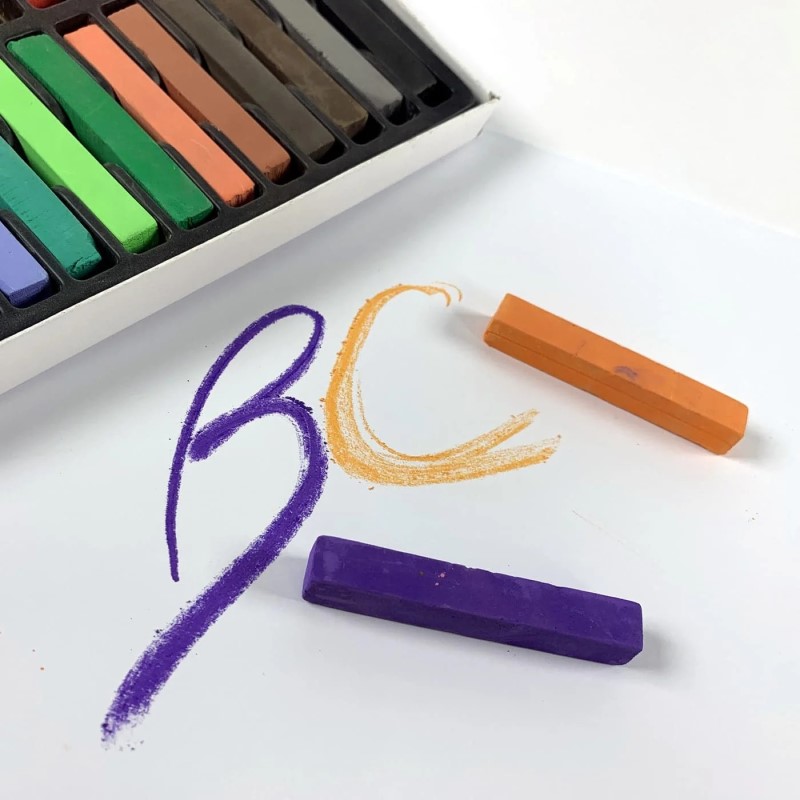
Understanding how to blend chalk pastels will enhance your artistic expression and elevate the quality of your work.
2. Applying Color
How you apply color is just as important as how you blend it. Different applications can yield varied effects.
Light Pressure
- Subtle Color Application: Start by applying color with light pressure to achieve a delicate wash of color. This approach allows for greater control and facilitates smoother transitions between hues.
- Ideal for Backgrounds: This technique is especially useful for creating backgrounds, as it enables you to lay down gentle layers of color that won’t overpower the focal elements of your artwork.
- Layering Gradually: Using light pressure is effective when building layers gradually. This method allows you to slowly build up depth and richness in colors without overwhelming the composition.
- Experimentation: Feel free to experiment with varying degrees of light pressure to find out how it affects the intensity of color. This can lead to unique effects and add dimension to your artwork.
Heavy Pressure
- Intense Color Application: To achieve more vivid colors, apply heavier pressure while using your chalk pastels. This technique helps deposit more pigment onto the surface, resulting in a bolder appearance.
- Emphasis on Focal Points: Heavy application of color works particularly well in areas that require emphasis or vibrancy, such as the main subject of the artwork. This method draws the viewer’s attention to key elements.
- Creating Dramatic Effects: Applying heavy pressure can produce dramatic contrasts between different areas of your artwork. The shift from lighter to darker patches adds dynamic interest and visual appeal.
- Techniques for Control: While using heavy pressure, maintain control over your strokes to avoid uneven patches of color. This approach ensures that your bold application looks intentional and polished.
Scratching and Lifting
- Creating Texture: You can introduce texture into your artwork by scratching into the surface. This technique exposes the underlying paper and creates interesting patterns and designs that add depth.
- Tools for Scratching: Use tools such as palette knives, toothpicks, or other pointed objects to create fine lines or intricate textures. This method allows for a greater variety of artistic expression in your work.
- Lifting Color with a Kneaded Eraser: Employing a kneaded eraser is another effective way to lift color from the surface. Lightly press the eraser onto the area where you want to remove pigment, and pull it away gently. This can brighten areas and allow for corrections or highlights.
- Combining Techniques: Consider combining scratching and lifting techniques to enhance the complexity of your artwork. Layering these methods can lead to stunning finishes that capture attention and showcase your creativity.
Experiment with these application techniques to discover what works best for your style and project.
Exploring Different Styles
Considering varied styles in your artwork can lead to personal growth as an artist. Styles such as abstraction, realism, or cartooning each present different challenges and opportunities.
- Abstract Art: Using chalk pastels for abstract designs allows for creative freedom. Focus on color and form without the constraints of realistic representation.
- Realism: For realistic representations, focus on detail and blending techniques to achieve lifelike effects. This style encourages careful observation of your subject.
- Cartoon Style: Cartoon styles can incorporate vibrant colors and exaggerated forms. This approach invites playful experimentation with colors and shapes.
Trying out different styles will help you discover your unique artistic voice.
Regular Practice and Experimentation
Continuous practice is vital for honing your chalk pastels skills. By consistently creating, you can improve your techniques and develop a personalized style.
- Daily Sketches: Dedicate time each day to sketch with chalk pastels. This practice will refine your understanding of the medium and improve your muscle memory.
- Experiment with Colors: Mix and match colors to see how they interact. Take note of which combinations yield the most pleasing results.
- Learn from Mistakes: View every mistake as a learning opportunity. Analyze what went wrong and apply that knowledge to future projects.
Building a routine of regular practice and experimentation will enhance your skills and boost your confidence as an artist.
Documenting Your Artistic Journey
Documentation is essential for tracking progress and showcasing your work.
- Photography: Capture your chalk pastel creations through photography. Documenting your art allows you to reflect on your growth and share it with others.
- Social Media: Sharing your artwork on platforms like Instagram or Pinterest can help you connect with other artists. Engage with the community to gain insights and feedback.
- Create a Portfolio: Compile your best work into a portfolio. This portfolio not only serves as a testament to your growth but also as a means to showcase your skills for potential clients or galleries.
Sharing your journey helps build a community of fellow artists and can inspire others to explore chalk pastels.
FAQs
- What are chalk pastels?
- Chalk pastels are colored sticks made of powdered pigments combined with a binder, resulting in a soft and chalky texture that can be applied to various surfaces.
- What do you use chalk pastels on?
- Chalk pastels can be used on a variety of surfaces including pastel paper, canvas, and even experimental materials like fabric or wood.
- Is there a difference between oil pastels and chalk pastels?
- Yes, oil pastels have a creamy texture and are more oils-based, allowing for richer color application, while chalk pastels have a dry finish and can be blended easily.
- Do you use water with chalk pastels?
- Generally, chalk pastels do not require water. However, some artists experiment with wet media for unique effects by lightly spraying water on their completed artwork.
Conclusion: Unleash Your Creativity
In conclusion, chalk pastels offer endless creative possibilities, from vibrant landscapes to detailed portraits. By mastering the best techniques for using chalk pastels, exploring various styles, and regularly practicing, you can develop your artistic voice and create stunning pieces.
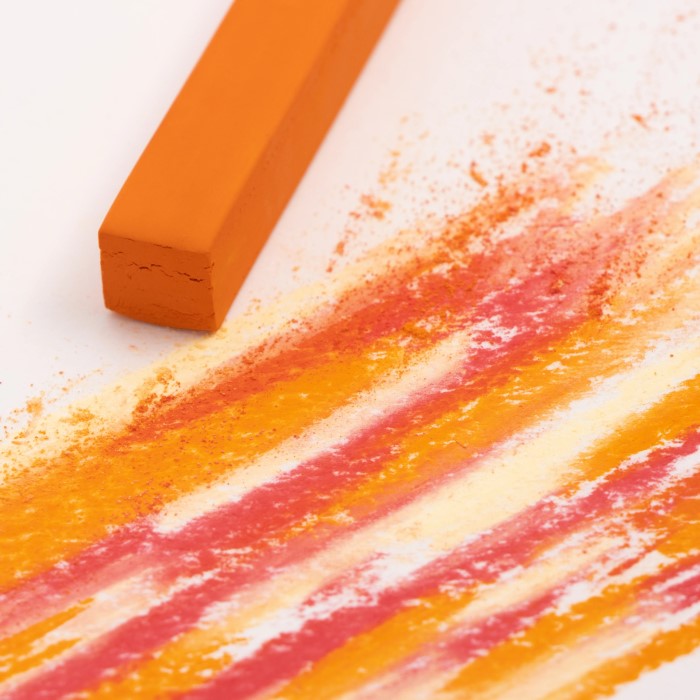
By understanding how to blend chalk pastels for stunning effects and documenting your journey, you not only enhance your skills but also inspire others in the artistic community. Embrace this versatile medium and let your creativity flow, as you explore the beautiful world of chalk pastels.
